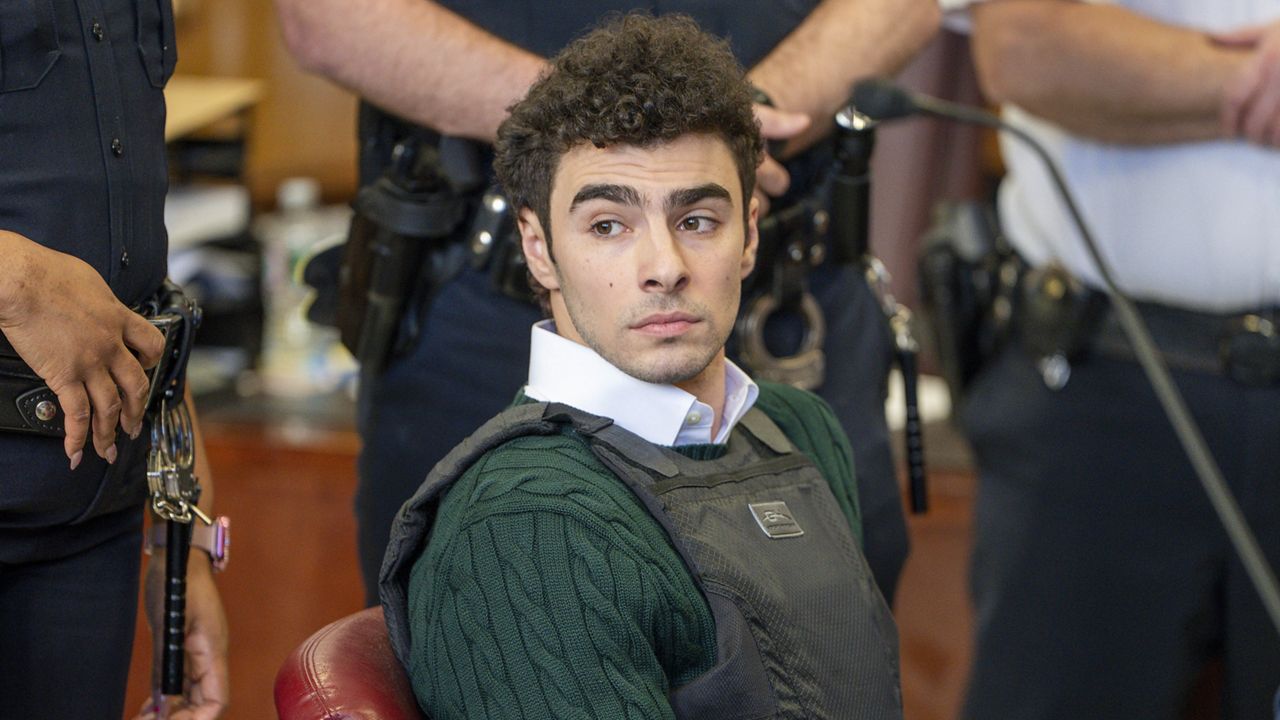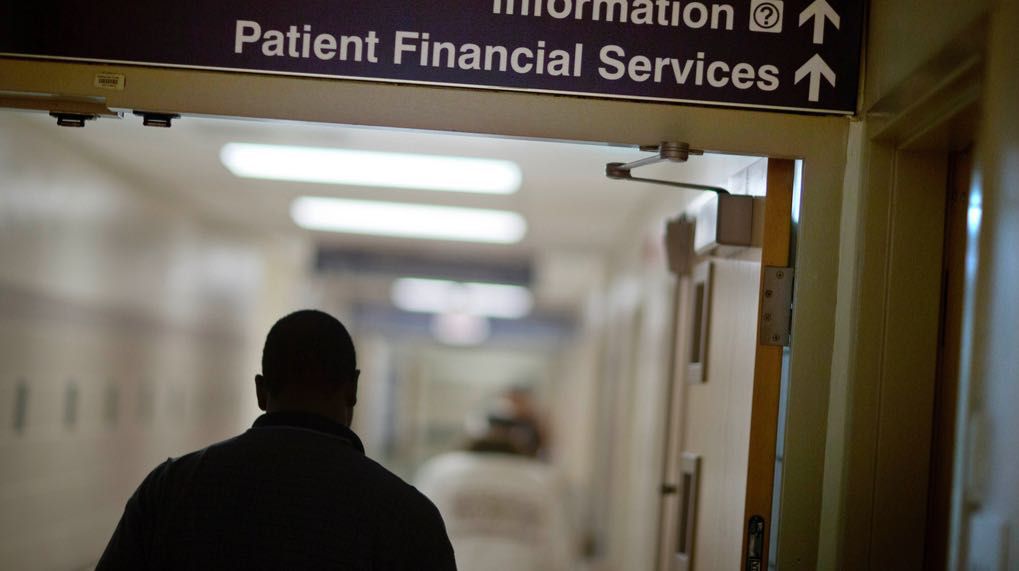Meeting the challenges of student mental health and New York’s nursing shortage: Two issues that are being tackled by one agency – New York state's community colleges. The task is getting help from an $8 million funding increase in the state budget.
“Community colleges are foundational to the state's success," said SUNY Chancellor John B. King Jr. "We have a tremendous nursing shortage in the state. Community colleges are part of the answer to that. As we tackle the consequences of climate change and we try to move towards renewable energy and there's a tremendous need to prepare folks for green jobs, community college are the answer to that.”
King was at SUNY Sullivan, where its nursing program is hoping to double its 53-student enrollment amid a statewide nursing shortage. State officials estimate New York will need nearly 40,000 new nurses by 2030. School officials say that two-year colleges should take on the challenge of filling those gaps.
“The idea and the concept of really going that extra mile," said SUNY Sullivan President David Potash. "With mental health, with counseling, with preventative health care, with a food pantry, with a clothes closet, with really all the services to let everyone in the county know that we've got their back.”
King also discussed the growing need for students to have adequate mental health services. Counselors say that the demand for services has tremendously increased and that schools need to add options like telehealth providers and weekend hours for older students.
“When we meet students where they are, it's an absolutely critical part of the pipeline, and we were really eager for the challenge," Potash said. "We need a lot more nurses and we have to work extra hard to actually fulfill that pipeline here in Sullivan County, but also through the state.”
SUNY Sullivan received $175,000 in funds to bolster its nursing program and mental health services. King said that statewide budget increase was desperately needed at community schools, but it doesn’t end there.
“We're going to make the case to the governor and the Legislature in the next legislative session that we need to continue to increase the investment in health care workforce development," he said. "The governor set a goal to increase the state's health care workforce by 20%. Our community colleges will play a vital role there, but we need the resource to do that.”









